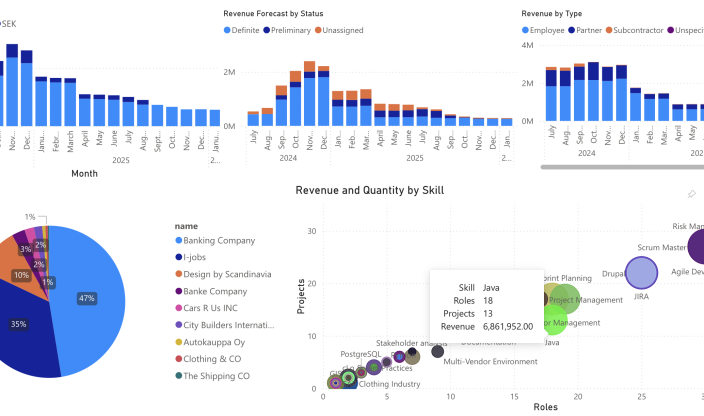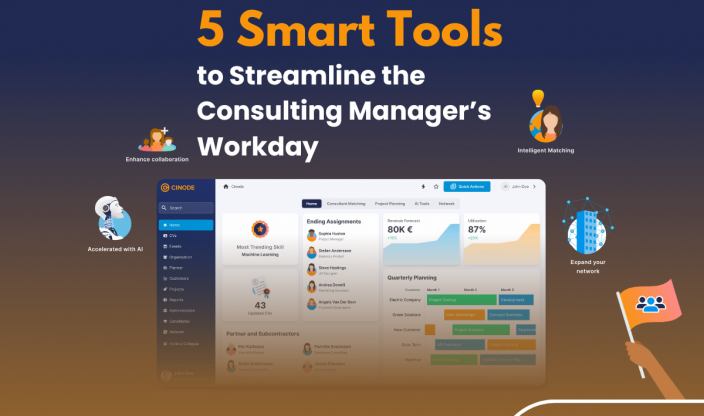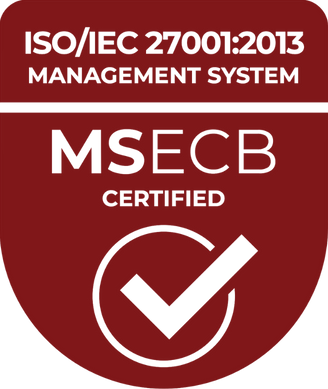Want to win the battle for talents? Invest in your leaders

The success of consultancies is defined by the talents they can attract and retain as employees. But in today’s professional arena the demand for these talents is very high, making it easy to switch jobs.
According to Gallup, six in ten employees are looking for new employment opportunities under normal economic circumstances. 91% of people who changed jobs have gone to a new employer to do so. Executives around the globe agree that attracting and retaining talents is their challenge number 1.
So how can a company accommodate the diverse needs and visions of its employees, retaining the best talents? And what is the role of leadership in this discussion?
The smartest engineer is not necessarily the best manager
Traditionally, in tech industries, the best engineers are promoted to managerial positions. This approach means that people who are good with tech get further away from it and have to work with people – by leading them and being responsible for their development. Statistics show that companies fail to choose the right candidate as a manager in 82% of cases. Such mistakes cost organizations billions of dollars annually, destroying some of them completely.
To avoid these mistakes, make sure the person you are promoting is interested in leading others and is ready to continuously improve their leadership skills.
Soft skills matter
When Google researchers tried to prove that managers don’t matter for team performance, their data quickly revealed that teams with great managers were happier and more productive.
Investigating further, they identified 10 behaviors that were common for high-scoring managers. Only one of them was related to the managers’ technical skills. Likewise, Gallup studied the performance of hundreds of organizations and found that the best managers share traits that we often categorize as soft skills.
When tracking the performance of your employees and creating their competence development plan, include soft skills in the discussion. Use existing tools to track both people’s technical skills and leadership competencies. Create a roadmap based on the capabilities of your employees and promote according to their talents and growth potential, not solely based on previous achievements.
Dig where you stand
The good news is, approximately 10% of the workforce have a combination of the softs skills good enough to ensure their success as managers. Often, you don’t even need to look externally to fill the leadership positions. But you do need to commit to finding the natural leaders, and to helping them and current managers become even better at guiding your teams.
Start observing your employees in action. Who takes extra time at the meetings to make sure everyone is on the same page understanding the project scope or the decision?
Who is usually the one connecting the company’s vision with the detailed discussions you are currently having? If an employee struggles or is not feeling well, whom do they go to for support? People you have written down as answers to these questions are potentially those 10% who can be a great manager.
Commit to developing your leaders
The smartest engineer is not necessarily the best manager. But soft skills can be taught. The essential parts of the good leadership equation are a commitment to be one and the support from the organization.
Start discussing the leadership behaviors with the managers in your team. Explore whether they recognize the importance of being a visionary, an empathetic listener, a skilled relationship builder, etc. If there is a readiness to become better, the is a great potential for your teams to get a boost in energy, synergies, productivity, well-being, and ultimately greater success and profits.
If you have a learning and development department in the company, ask for their help. Or include HR colleagues in the process. Sometimes the culture is not optimal, or internal resources are not sufficient, then an external expert is a better solution. Whatever your situation is, don’t give up on your people and know that there is always a way to improve the current situation.
Create a culture supporting employee mobility
You as a manager know your employees well. And you know the needs of your clients. Sometimes you are lucky and the skills of your team match the clients’ needs. But what if you have an amazing talent whose next career step doesn’t seem to be possible within your department or organization?
Work on supporting initiatives by your personnel who want to develop further. Show that you are ready to discuss moves like continuous education, relocation to another office, or even an external project. It might sound counterintuitive, but being open to employee mobility you will boost the motivation, improve performance results, and your brand, ultimately attracting and retaining more talents.
Don’t let lower-level interests go before the ones of the whole organization
Often talents change companies because of a silo created by their managers preventing their growth within the organizations. When the whole performance review system is set up on a department level, and the spirit of competition prevails the one of collaboration, both the department and the company lose.
Create an infrastructure to support employee mobility. Have a cross-functional forum in your organization to help you prevent working in silos. Maybe your neighbor department would actually win a huge project be your talent on their team for it. Then it’s not about your department winning, or the neighbor’s – it’s about the whole company keeping the competitive advantage by retaining the talents.

Guest blogger - Anna Liebel, Leadership and Team Development Consultant
Guest blogger - Anna Liebel, Leadership and Team Development Consultant
You may also like...
All posts
Oct 10 2025 · Consulting, Entrepreneurship
🚀 The Head of Analysis: Seven Success Factors for Consulting Firms 2025–2030

Sep 10 2025 · Consulting
“It’s About Growing Right – Not Fastest” – Netlight Scales Up with Culture and AI in Focus

Aug 21 2025 · Cinode, Consulting
🚀 A Clear View and Fast Execution – Our Journey with Cinode

Apr 30 2025 · Consulting
Understanding the psychology behind pricing

Apr 15 2025 · Consulting
How to set (the right) price?

Mar 18 2025 · Consulting
How do we charge for the value of our services?

Mar 11 2025 · Consulting
New AI Act: Checklist for Consultants and Consulting Firms

Feb 27 2025 · Consulting
Maximize Insights in Your Consulting Business with Cinode and Power BI

Jan 31 2025 · Consulting
5 Smart Tools to Streamline the Consulting Manager’s Workday

Jan 29 2025 · Consulting
New guide: How to Build Consultant Resumes That Win Clients

Nov 05 2024 · Consulting
Sweden’s most profitable consulting company reveals its secrets

Oct 30 2024 · Consulting
